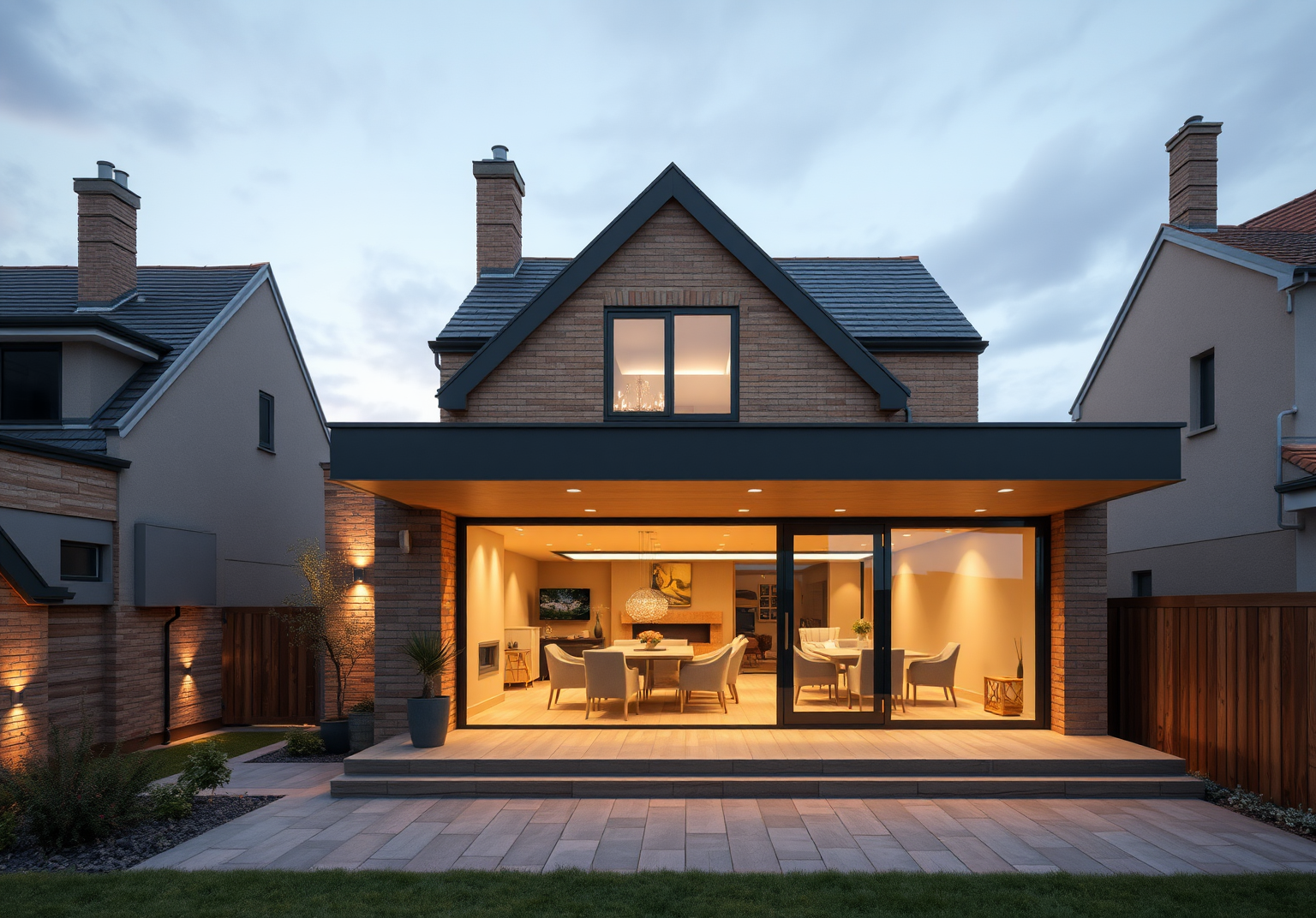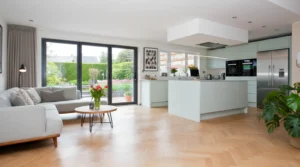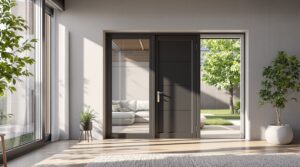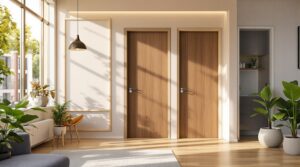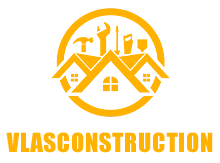Top 5 Materials That Will Transform Your House Extensions
When it comes to house extensions, the choice of materials can significantly impact the final result. Whether you’re looking to enhance the aesthetic appeal, improve functionality, or ensure durability, selecting the right materials is crucial. Here, we explore the top 5 materials that can transform your house extensions, focusing on their benefits, drawbacks, and practical considerations.
1. Glass
Glass is an excellent material for house extensions, particularly for those who want to maximize natural light and create a seamless transition between indoor and outdoor spaces. Here are some key points to consider:
- Natural Light: Glass allows plenty of natural light into the space, making it feel open and airy.
- Aesthetic Appeal: Glass extensions can be visually stunning, blending your indoor space with the outdoors.
- Insulation Challenges: Glass does not provide insulation, so you may need to invest in additional insulation materials like double glazing or insulated panels.
- Cost and Installation: Glass can be expensive and difficult to install, making it less suitable for DIY projects.
2. Wood
Wood is a popular choice for house extensions due to its availability, affordability, and ease of customization. Here are the key points to consider:
- Affordability and Customization: Wood is relatively inexpensive and easy to customize, allowing you to paint or stain it to match your home’s style.
- Maintenance Requirements: Wooden extensions require regular maintenance to preserve their appearance and structural integrity.
- Energy Efficiency: Wood is not particularly energy-efficient and may require additional insulation to keep your home warm.
3. Brick
Brick is a durable and strong material that offers long-term protection against the elements. Here are the key points to consider:
- Durability and Strength: Brick is highly durable and can last for decades, providing excellent protection against the elements.
- Affordability and Availability: Brick is relatively affordable and easy to find, making it a practical choice.
- Labour-Intensive Installation: Brick requires skilled labor to lay correctly, which can be time-consuming and costly.
- Design Flexibility: Once installed, brick cannot be easily changed or customized, so you need to be sure of the design before starting.
4. Metal
Metal is a modern and versatile material that offers several benefits for house extensions. Here are the key points to consider:
- Strength and Light Weight: Metal is strong yet lightweight, making it ideal for creating striking designs without the need for extensive structural support.
- Low Maintenance: Metal requires minimal maintenance compared to other materials.
- Energy Efficiency Challenges: Metal is not very energy-efficient and needs proper insulation to keep your home warm.
- Cost and Design Complexity: Metal can be expensive, especially for complex designs, and may require additional insulation.
5. Recycled Plastic
Recycled plastic is an eco-friendly option that is gaining popularity for house extensions. Here are the key points to consider:
- Durability and Low Maintenance: Recycled plastic is highly durable and requires little maintenance.
- Eco-Friendly: It is an environmentally friendly option, making it a great choice for those looking to reduce their carbon footprint.
- Cost and Aesthetic Considerations: Recycled plastic can be expensive and may not offer the desired aesthetic look, so it’s important to consider these factors carefully.
- Insulation Needs: Like other materials, recycled plastic may require additional insulation to ensure thermal efficiency.
Practical Tips for Choosing Materials
When deciding on the materials for your house extension, it’s crucial to consider several practical aspects:
- Budgetary Constraints: Evaluate your budget and choose materials that fit within it. High-quality materials might be more costly initially but can save money on maintenance in the long run.
- Aesthetic Goals: Consider the style and period of your existing home and choose materials that either complement or contrast with it effectively.
- Functionality and Purpose: Think about the purpose of the extension and the functionality you need. For example, if you’re extending a kitchen, you might prioritize materials that are easy to clean and maintain.
- Professional Advice: Consult with experienced architects, builders, and contractors who can help you make informed decisions about materials and design.
Conclusion
Choosing the right materials for your house extension is a critical decision that can significantly impact the success of your project. By understanding the benefits and drawbacks of each material, you can make an informed choice that aligns with your budget, aesthetic goals, and functional needs. Whether you opt for glass, wood, brick, metal, or recycled plastic, careful planning and professional advice will help ensure that your house extension transforms your home into a more spacious, functional, and beautiful living space.

